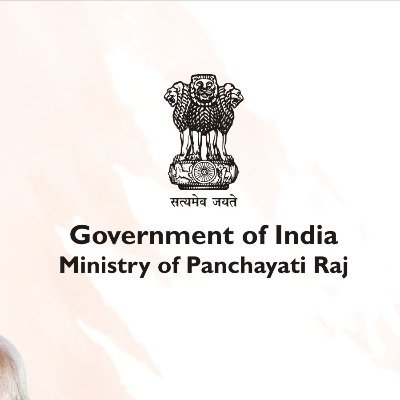Unified Payment Interface Enablement in Panchayats
As of date and as per the information available with the Ministry, 1,73, 060 Panchayats are Unified Payment Interface (UPI) enabled, able to collect payments digitally.
The UPI platform can also provide a convenient and accessible way for citizens to link their Prime Minister Jan Dhan Yojana (PMJDY) accounts with their UPI IDs, enabling seamless transactions and financial inclusion. By promoting the use of UPI, citizens can easily access their accounts, make transactions, and leverage the benefits offered by the PMJDY program, such as RuPay Insurance coverage. This streamlined approach encourages the rural citizenry to take advantage of the financial services and insurance benefits provided by the government, ultimately fostering financial empowerment and security among the rural population.
The rural citizenry can now make the Tax, and Non-Tax payments vis-à-vis Property Tax, Water Tax, streetlight tax, Trade License Fee; Building Permission Fee; Layout Approval Fee etc. digitally, thereby strengthening the financial capabilities and local governance of the Panchayati Raj Institutions (PRIs).
Ministry of Panchayati Raj also supplements the efforts of the States through Central Finance Commission Grants and Revamped Rashtriya Gram Swaraj Abhiyan (RGSA). The RGSA scheme provides financial and technical support to the states for Capacity Building and Training (CB&T) of elected representatives and functionaries of PRIs.
Panchayat, being “Local Government”, is a State subject and part of the State list of the Seventh Schedule of the Constitution of India. The mandate for setting up three tiers of Panchayats is provided by Article 243 in Part IX of the Constitution of India. The schemes, programs, and new initiatives including UPI payment are implemented by the State Government.

